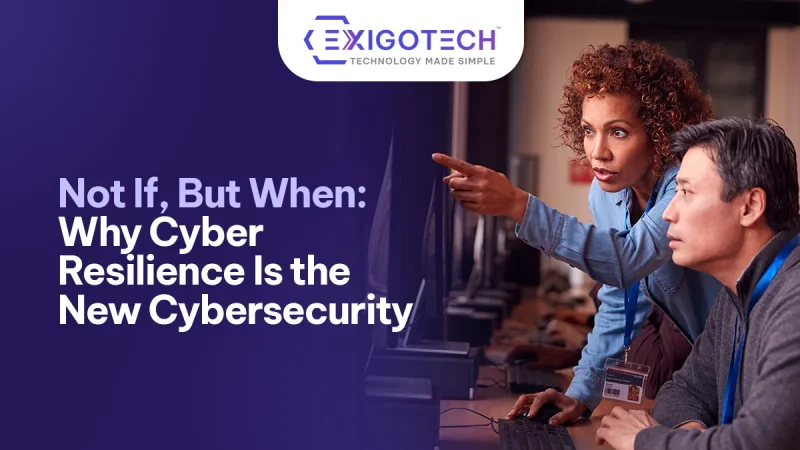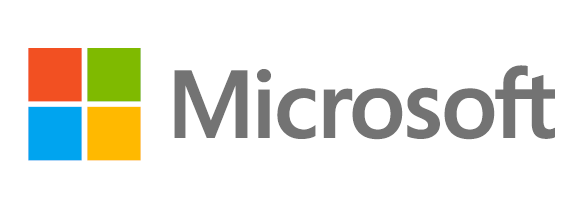In today’s digital landscape, the question is no longer if your organisation will face a cyber threat — it’s when. The era of relying solely on prevention is over. Cyberattacks are growing in sophistication, frequency, and impact, and even the most fortified defences can be breached.
The Evolving Threat Landscape
From ransomware to phishing, insider threats to supply chain vulnerabilities, cyber risks are now a constant. Organisations of all sizes — from startups to global enterprises — are targets.
For small and medium-sized businesses (SMBs), the threat is even more acute. With limited resources and often less robust security infrastructure, SMBs are prime targets: 43% of all cyberattacks target SMBs, and nearly 94% have experienced at least one cyberattack in the past year. Yet, only a fraction feel prepared to defend themselves, and the financial consequences can be devastating—average breach costs now exceed AU$3 million for SMBs in Australia. For many, a single incident can threaten the very survival of the business, with industry research showing that between 40% and 60% of small businesses close their doors within six months of a major breach.
The traditional perimeter-based security model is no longer enough.
Recent headlines have made this reality impossible to ignore. In one of the largest SaaS-related breaches to date, attackers exploited third-party integrations to compromise over 760 companies and exfiltrate up to 1.5 billion Salesforce records. Victims included major global brands like Google, FedEx, Toyota, Qantas, Dior, and Allianz. The attackers used stolen OAuth tokens from a third-party chatbot tool to gain access to sensitive CRM data, bypassing traditional defences without ever breaching Salesforce’s core platform.
And it’s not just global tech giants. In Australia, Australian Clinical Labs (ACL) was fined AU$5.8 million for a 2022 data breach that exposed the sensitive medical data of over 223,000 individuals. This marked the first civil penalty under the Privacy Act, with the court citing ACL’s failure to secure data, assess the breach in a timely manner, and notify regulators promptly.
But it’s not just large enterprises at risk. Small and medium-sized businesses (SMBs) face even greater challenges. With limited resources and often less robust security infrastructure, SMBs are prime targets: 43% of all cyberattacks target SMBs, and nearly 94% have experienced at least one cyberattack in the past year. The financial consequences can be devastating—average breach costs now exceed AU$3 million for SMBs in Australia. For many, a single incident can threaten the very survival of the business, with industry research showing that between 40% and 60% of small businesses close their doors within six months of a major breach.
These incidents underscore a critical truth: cybersecurity is no longer just a technical issue — it’s a business imperative. Gone are the days when companies could quietly sweep incidents under the rug. Today, there is a duty of care to notify both customers and regulators. Failure to do so can result in legal action, reputational damage, loss of customer trust — and substantial financial penalties.
For SMBs, the consequences can be existential. Unlike large corporations, small businesses often lack the financial reserves or cyber insurance to weather a major breach. The cost of downtime, lost data, and eroded trust can be fatal—making cyber resilience not just a technical priority, but a matter of business survival.
Shifting the Mindset: From Prevention to Preparedness
While prevention remains essential, it must be part of a broader strategy that includes detection, response, and recovery. Cyber resilience is about ensuring your business can withstand, adapt to, and recover from attacks — minimizing downtime, data loss, and reputational damage.
What to Expect in This Series
Over the next three posts, we’ll explore the three pillars of modern cybersecurity:
- Blog 2: The “If” — How to build strong preventive defences using Zero Trust, IAM, and layered security.
- Blog 3: The “When” — What to do when a breach happens: detection, response, and recovery strategies.
- Blog 4: The Human Equation — Why your people are your greatest vulnerability and your strongest defence.
Is your organization prepared for the inevitable?
Talk to the cybersecurity experts at Exigo Tech.
Visit Exigo Protect to explore how we can help you assess, strengthen, and future-proof your entire security posture — from prevention to response and beyond.
Don’t wait until it’s too late. The survival of your business could depend on the steps you take today. Contact Exigo Tech for a cyber resilience assessment.
 Australia
Australia Singapore
Singapore Philippines
Philippines India
India Brendan Fazel | Nov 21, 2025
Brendan Fazel | Nov 21, 2025











